How to Do Hanging Knee Raises – Benefits, Muscles Worked and Variations
This complete guide to Hanging Knee Raises will teach you everything you need to know about this effective, functional and hybrid core / grip exercise.
What are Hanging Knee Raises?
Hanging Knee Raises are a calisthenics (bodyweight) exercise that require the hips and core to work hard to hinge the lower body upwards whilst hanging from a bar.
- What are Hanging Knee Raises?
- What Muscles do Hanging Knee Raises Work?
- What are the Benefits of Hanging Knee Raises?
- How to Do Hanging Knee Raises
- Training Tips for Hanging Knee Raises
- Who Should Do the Hanging Knee Raise?
- How to Program Hanging Knee Raise (Sets and Reps)
- Hanging Knee Raises Variations
- Hanging Knee Raises Alternatives
- FAQs
- Learn More
What Muscles do Hanging Knee Raises Work?
The exercise is predominantly a core exercise; however, it also works many other muscle groups.
Rectus Abdominis
Better known as the abs, this muscle group is worked exceptionally hard by the exercise.
The rectus abdominis facilitate twisting, flexion and general movement of the torso. They connect the pelvis to the ribcage.
During the exercise they are prime movers in lifting the legs upwards.
Hip Flexors
The muscles that stimulate the movement of the legs in Hanging Knee Raises are the core and the hip flexors should only support this movement.
However, they are still a part of the movement. Just make sure that you make the abs do the vast majority of the work.
Grip
If you can’t grip the bar and hang, then you won’t be able to do Hanging knee Raises.
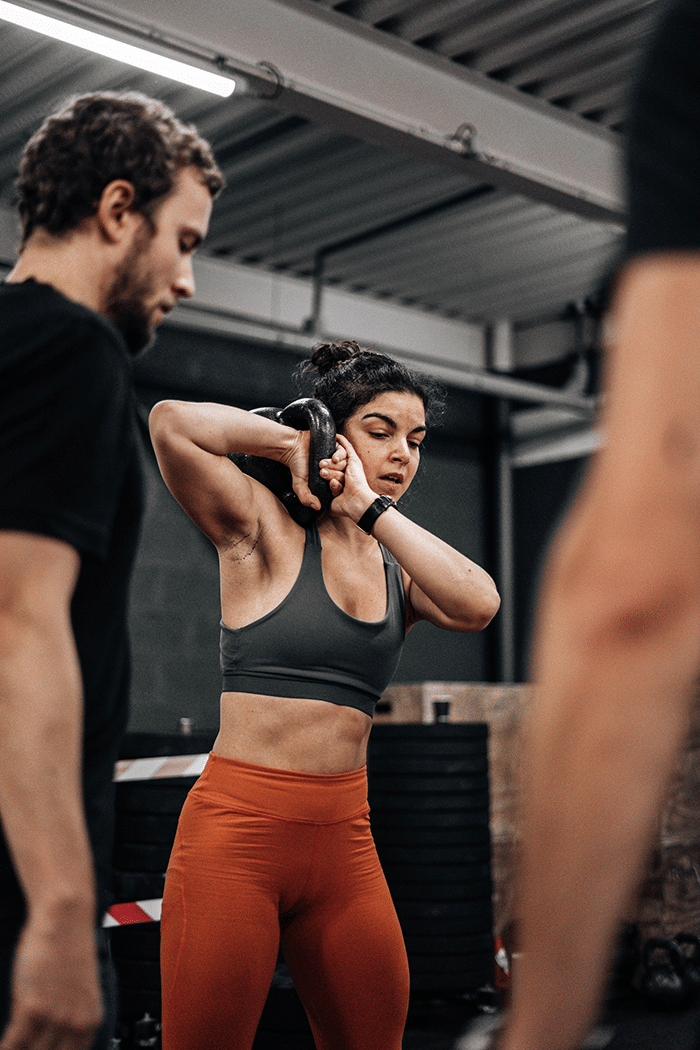
As a result, your grip strength will be significantly improved by this exercise.
If you wish to target your core in a slightly different way, adding a twist into your Hanging Knee Raises will also stimulate the following muscles as well.
External Obliques
These muscles are located on the sides of the upper core. They allow the torso to twist from side to side.
Internal Obliques
Situated on the lower sides of the outer stomach, they work in tandem with the external obliques to facilitate turning and twisting.
Transverse Abdominis
These are deep muscles that stretch from side to side. They are harder to see but no less important as they provide strength and stability for the torso.
What are the Benefits of Hanging Knee Raises?
This effective exercise has many benefits.
Building Six Pack Muscle Mass
Hanging Knee Raises are one of the best ways to directly target the six pack with a down-up movement (using the abs to bring the knees upwards).
If a six pack is a goal of yours then make sure to dial in your nutrition, as this is just as important.
Better Core Strength
During every rep, you must work hard to stop the body from swaying and control the lower half of the body through the full range of motion.
Both of these tasks will significantly tax and develop your core strength.
Holding yourself still whilst flexing the abs and lifting the legs is not easy to perform at the same time.
Enhanced Grip Strength
Although the movement is primarily a core exercise, it is an excellent way to also build a vice like grip.
A strong grip is a vastly underrated aspect of many athletes training programs and will help you become, and feel, stronger for numerous other exercises.
Improved Overhead Mobility
Simply handing from a bar is an excellent way to improve shoulder mobility.
As gravity pulls the body downwards, the shoulders are kept in the full overhead position at all times during each set.
How to Do Hanging Knee Raises
Use the following instructions to perform the exercise correctly.
- Grip the bar with a pronated (palms facing forwards). Make sure they are shoulder width (or slightly wider) apart
- Hang for a few seconds until your body is completely still
- Set the shoulder blades back and down
- Inhale and brace your grip, core and glutes
- Squeeze the legs together and move into the hollow position
- Bend the knees
- Move the legs upwards by tensing the abs
- Move the knees upwards until they reach at least 90 degrees
- Slowly lower them the starting position
- Exhale
- Ensure that the body is completely still before starting the next rep
- Repeat for the desired number of reps
Training Tips for Hanging Knee Raises
Experiment with different grip widths until your find the one that feels most comfortable for you.
Think of trying to pull your knees towards your spine.
Don’t use the hip flexors to facilitate the movement.
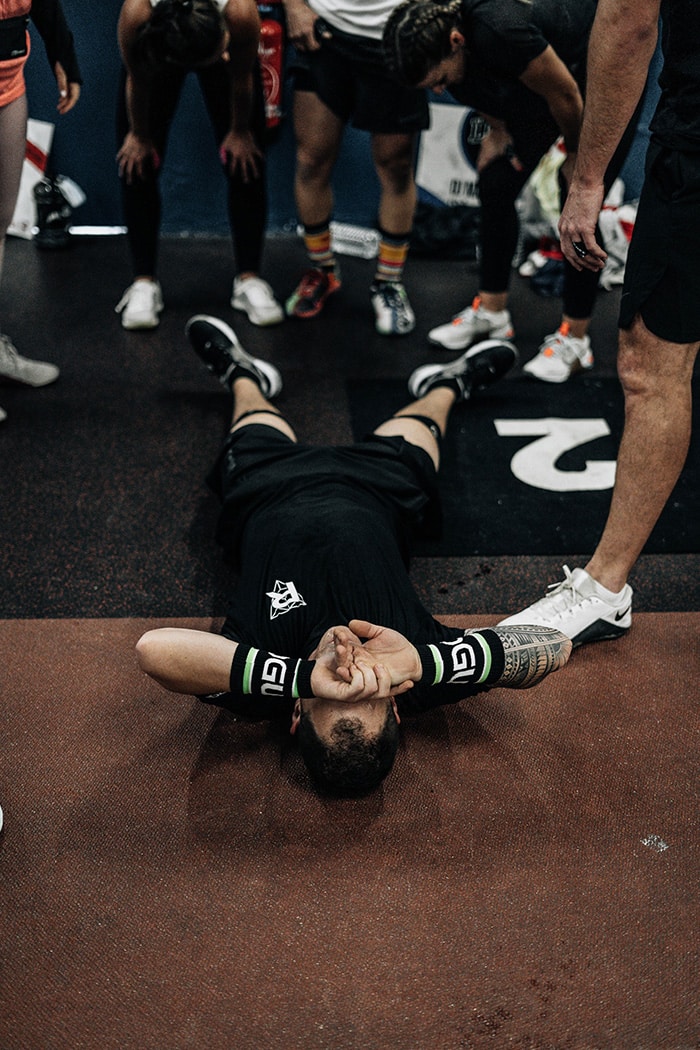
Keep the core tight and braced at all times, this will stop the body from swinging as much.
Who Should Do the Hanging Knee Raise?
The exercise is useful for many different types of athletes.
For Bodybuilders
When it comes to abs, this is a great way to target the six pack and stimulate hypertrophy.
Combine it with other abs and core exercises or scale it up into Toes to Bar if you want even more bang for your buck.
For Strength Athletes
Add Hanging Knee Raises after Squats or Deadlifts to hit your core from new angles and find any weaknesses.
Treat them as an accessory exercise and they will prove many benefits for your body and training.
You can even grip a dumbbell between your legs if you want more resistance.
They also help your ability to breathe and brace during exercises, a hugely useful skill for any lifter.
For Bodyweight and Home Gym Training
You only need a pull up bar, a beam, scaffolding or a tree to perform the exercise correctly.
This makes them versatile and accessible for many different athletes in many alternatives set ups.
How to Program Hanging Knee Raise (Sets and Reps)
Use these guidelines to program the exercise for different goals.
For Strength
Go for 3 – 5 sets of 3 – 6 reps. Rest for up to two minutes between sets.
The final few reps of each set should feel difficult and be close to fatigue. Try adding weight to the exercise to achieve the right standard for you and your personal ability level.
For Muscle Gain (Hypertrophy)
Aim for 3 – 4 sets of 8 – 12 reps. Rest for 30 – 45 seconds between each set.
Make sure you move slowly and with purpose in order to maximise time under tension.
For Newer Athletes
Build up the volume of your sets gradually over time.
You can even use partial reps.
The simple Dead Hang will help you to build up your grip strength and build confidence for the full exercise.
Hanging Knee Raises Variations
Add these variations into your training.
Lying Knee Pull In (Make it Easier)
This is a perfect choice if you aren’t yet confident or strong enough to work on the bar with the full movement.
This variation is performed whilst lying on the ground.
Hanging Straight Leg Raises (Make it Harder)
Instead of bending your knees, this variation demands that you keep your leg in a straight line at all times.
It is an effective way to build up to full Toes to Bar as well.
Hanging Leg Raises with a Twist
The twisting variation will bring your obliques much more into play and challenge your core in new and interesting ways.
Hanging Knee Raises Alternatives
These alternatives provide similar stimulus for your body, but in new ways.
Toes to Bar
A perfect way to scale the movement up. This is for more advanced athletes.
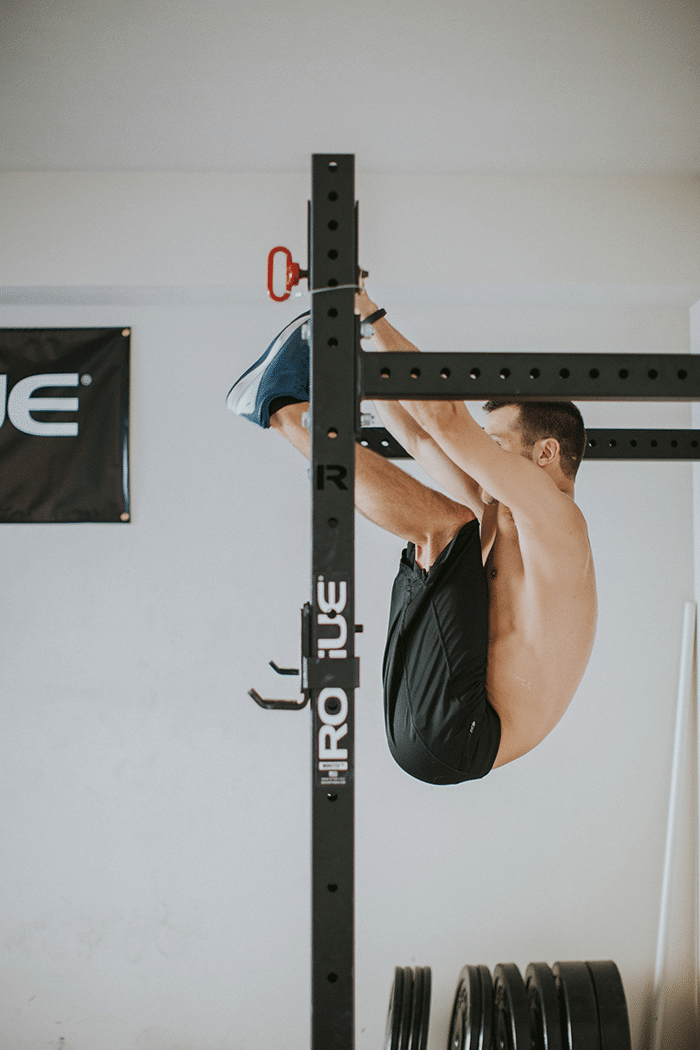
Unless you are learning this in a Box with a qualified CrossFit coach we would recommend sticking to the strict type over the kipping variation.
Bicycle Kicks
This simple movement will enhance your coordination and increase your abdominal and hip flexor strength.
Lying Leg Extensions
Another effective way to develop the lower abs and develop the core.
Double Crunch
A simple and effective way to destroy and develop your abs, this Double Crunch hits even harder.
FAQs
Got more questions? Scroll through to find the answers.
Are Hanging Knee Raises Safe to Perform?
Yes, they are safe to perform.
As long as you can grip a bar and fully extend your arms over your head without pain then this is a safe exercise for you and your training.
How do I Add Weight to the Hanging Knee Raise?
Simple grip a dumbbell between your legs or knees.
Make sure that you are always lifting by contracting the abs, and not relying on the hip flexors.
What Part of the Abs do Hanging Knee Raises Work?
The exercise mainly targets the rectus abdominis.
It is exceptionally good for developing the lower abs.
Are Hanging Knee Raises Hard?
They are harder that most Sit Up and Crunch variations but not as hard as full strict Toes to Bar.
There are many ways to scale the movement up or down to make it harder or easier.
Learn More
Try Knees to Elbows for more ab work.

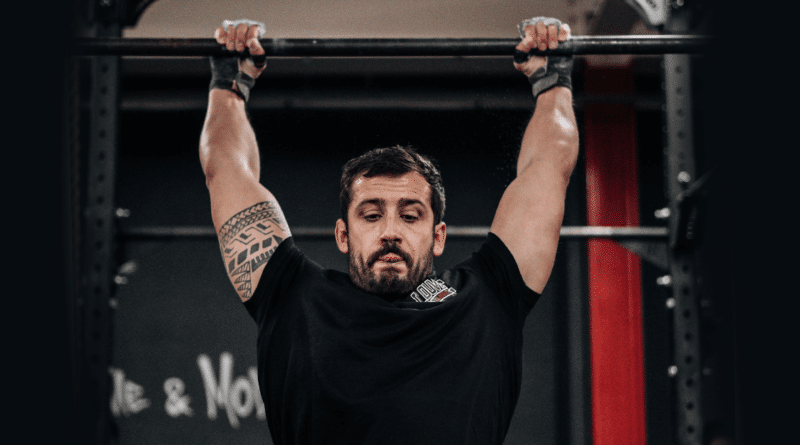
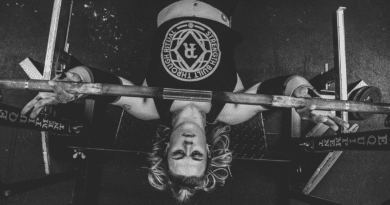
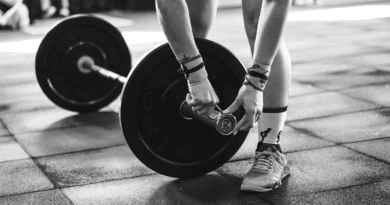

Pingback: Flutter Kicks Workouts for A Great Six Pack and Core - Outdoor Fitness Society